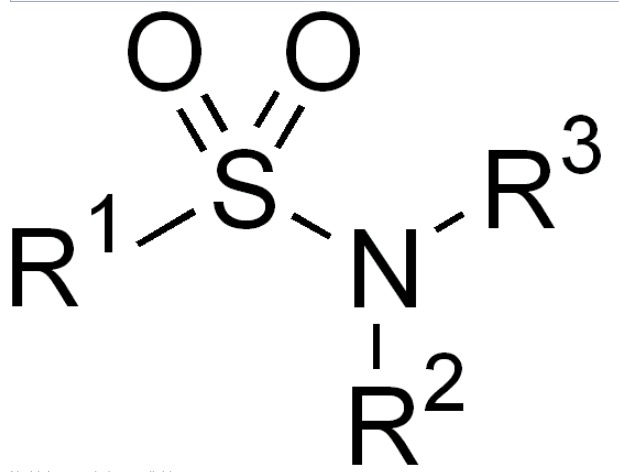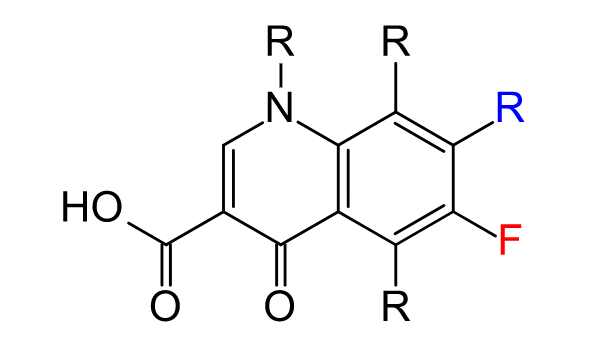Playlist
Show Playlist
Hide Playlist
Case Studies – Antimetabolites
-
Slides AntimycobacterialAgents Antimicrobials.pdf
-
Download Lecture Overview
00:00 Okay, let's go on to a question. 00:03 An HIV positive patient presents with an atypical pneumonia and was treated appropriately with Sulfamethoxazole/trimethoprim. 00:12 Which of the following organisms can be reasonably treated with this regimen in the HIV patient? Is it A) Pneumocystis. 00:21 Is it B) Toxoplasmosis. 00:24 Is it C) Microbacterium tuberculi. 00:28 It is D) A and B which is both Pneumocystis and Toxoplasmosis. 00:34 I've highlighted both of them there for you. 00:36 And or is it A and C which is Pneumocystis and Microbacterium tuberculi. 00:42 Good, you chose D which is A and B. 00:46 So trimethoprim/sulfamehtoxazole is an effective treatment for pneumocystis carinii pneumonia or PCP as well as toxoplasmosis gondii. 00:59 Both A and B are therefore correct. 01:01 So therefore the answer is actually D. 01:03 This drug combination acts against folic acid production. 01:07 It is not effective against viruses or against tuberculosis. 01:11 And it is rarely effective against fungal infections. 01:14 Now when you're doing an exam question like this, remember that most of the board exams have dropped the K-type exam question. 01:23 But some boards still use K-type exam questions. 01:26 It is still worthwhile for you to keep your skills answering this type of question. 01:31 But I will tell you that you probably will get this kind of K-type in the USMLE step one. 01:39 Okay, let's go on to another question. 01:41 Mr. Locutus recently had an implant. 01:44 He developed an infection that is composed of multiple gram positive cocci and gram negative rods. 01:50 He was started on ciprofloxacin and responded well. 01:54 Three weeks later he returns. 01:56 You are considering the same treatments. 01:58 Which is not a mechanism of resistance with this medication? Is it A) Point mutations in the gene coding for the 3OS ribosomal subunit. 02:11 Is it B) Changes in porins or pores in the cell membrane. 02:15 Is it C) Point mutations in the DNA gyrase enzyme. 02:19 And is it D) Enhanced ejection of the drug through new efflux mechanisms developed by organisms like Staphylococcus aureus. 02:30 You chose A. 02:32 Point mutations in the gene coding for the 3OS ribosomal subunit. 02:37 So ciprofloxacin is an excellent broad spectrum antibiotic. 02:40 It works well against a whole host of bacteria as well as some anaerobes both gram positives and gram negatives anaerobes. 02:48 These are the types of infections we see in prosthetic infections, tunnel infections and dirty procedures. 02:54 For example an emergency treatment of a motor vehicle accident. 02:59 Resistance develops through the following mechanisms. 03:02 Number 1, decreased intracellular accumulation due to changes in porins. 03:08 Number 2, Efflux mechanisms in microbacterium tuberculosis, staphylococcus aureus, staphylococcus pneumoniae. 03:16 And number 3, the changes in sensitivity of target enzymes like the DNA gyrase is also called topoisomerases via point mutations. 03:26 Now cipro does not act through the 30S ribosomal subunit. 03:30 The correct choice is therefore is A because that's the incorrect answer.
About the Lecture
The lecture Case Studies – Antimetabolites by Pravin Shukle, MD is from the course Antimicrobial Pharmacology.
Included Quiz Questions
What is one mechanism of bacterial resistance to ciprofloxacin?
- Changes in sensitivity of target enzymes via point mutations
- Increased intracellular accumulation due to changes in porins
- Decreased intracellular accumulation due to changes in DNA gyrase
- Influx mechanisms in M. tuberculosis
- Influx mechanisms in S. aureus
In an HIV patient, what organism can be treated with sulfamethoxazole/trimethoprim?
- Toxoplasmosis
- P. aeruginosa
- Enterococcus faecalis
- Enterococcus faecium
- VRE
Customer reviews
5,0 of 5 stars
| 5 Stars |
|
5 |
| 4 Stars |
|
0 |
| 3 Stars |
|
0 |
| 2 Stars |
|
0 |
| 1 Star |
|
0 |





